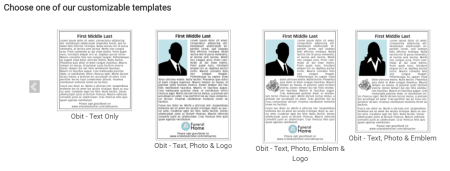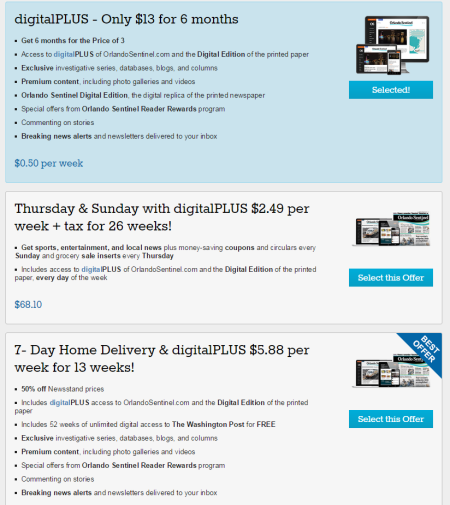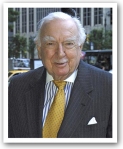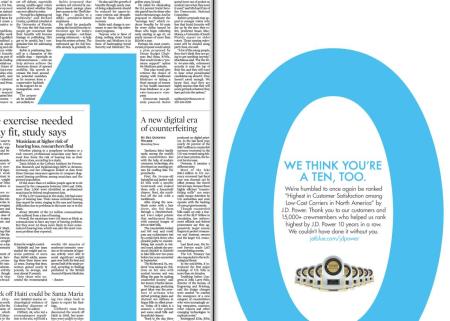by Roger Pynn
One thing you can look forward to when you die is that you won’t have to read the news. After all, it is pretty depressing.
However, one thing you won’t read about is something many find depressing while they are still alive … death.
After monkeying with their publication of the news of death back in 2013 when it did away with the tradition of printing “Deaths in Central Florida,” the Orlando Sentinel brought back a limited version … but instead of treating it like news, they charged for even the simple three-line notices that include the deceased’s name, age, city and the name of their funeral home so friends could at least call to inquire about funeral services.
Last week they simply buried the whole thought that the dearly departed might matter to the paper’s readers, trading the space for large display ads. The classified ad department told me that the average obituary takes up 36 lines at a cost of $505. They do have a handy tool that allows you to write your loved one’s story, paste the text into a template and find out what it will cost … if you don’t die from the sticker shock yourself.


I’m an old news hound. I made my living as a journalist for a long time. I wrote a lot of obits in my day. And I’ve read them every day of my life ever since … not out of morbid curiosity, but because if a friend has passed, I want to know it. My bet is that I’m not unlike a lot of people … especially when they reach their 60s and 70s and going to funerals becomes a more routine part of life.
A quick check at OrlandoSentinel.com/opinion/letters doesn’t seem to show it, but the print edition has had at least a couple of passionate letters to the editor on this subject, including this:

I understand it costs a lot to run a newspaper. It also costs to lose subscribers … whether it is due to their death or the disgust of families who dump their subscriptions … offended by decisions like this that choke every last dime out of the readers that real advertisers are trying to reach.




 Posted by TheStrategicFirm
Posted by TheStrategicFirm 




